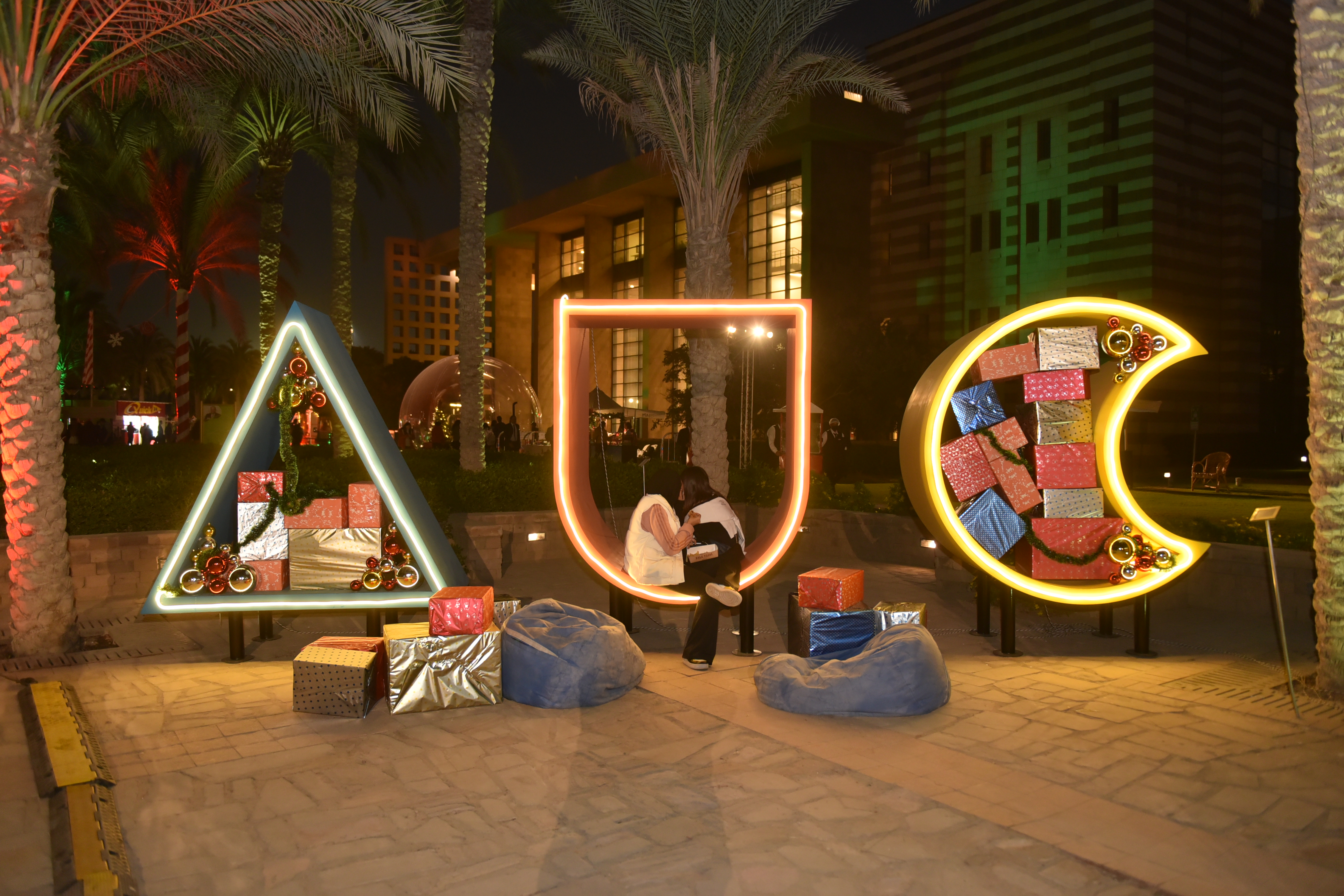By Yasmin El-Beih and Abigail Flynn
As major flooding wracks Pakistan, droughts choke much of East Africa and wildfires raze Australia, it is becoming clear that the consequences of climate change are not distributed equally across the globe. Industrialized countries in the Global North, particularly those with strong colonial histories, have the worst carbon emission records. Yet it is the Global South, with relatively lower emissions, that is bearing the brunt of the resulting environmental catastrophes.

Ali Awni, professor of practice in the Department of Management and director of AUC’s John D. Gerhart Center for Philanthropy, Civic Engagement and Responsible Business, explains the need for a “just transition” to address this inequality.
A just transition can be defined as “a fair and equitable process of moving toward a post-carbon society,” said Awni, using the words of researchers Darren McCauley and Raphael Heffron. This approach to cutting carbon emissions prioritizes fairness and equity in global justice concerns, especially pertaining to ethnicity, income and gender. It considers the realities of marginalized communities while recognizing that the solution must be globally connected and systemic. “The transition to net-zero emissions means a fundamental change in the current fossil fuel-based growth model to a more regenerative and sustainable economy,” said Awni.
These changes will not be subtle. A just transition intends to do much more than patch one hole in the boat. It aims to build a newer, stronger ship. The way we work, live and develop public policy will all need to change. A just transition ensures that no one gets left behind. This will require an intricate balance of environmental, socioeconomic and political concerns, explained Awni.
“This is what we mean when we talk about climate justice,” Awni said. “Climate change affects various sectors of society differently. A just transition is about making the shifts more equitable across societal segments so that some aren’t more drastically affected than others.”
For instance, individuals who work in the fossil fuel industry must be taught new skills and provided with new employment opportunities. The costs of economic adjustments must be distributed fairly between the privileged and underprivileged. The way future generations may be disrupted by this transition must also be considered and prepared for. In short: It won’t be easy, but it is necessary.
Climate change catastrophes are no longer a speculation; they are a proven reality. Egypt itself is facing problems with water scarcity, land degradation, desertification and mass migration as a result of global climate change. While larger economic decisions about carbon emissions remain in the hands of governments, solutions can also be found in universities.
AUC’s research on climate change solutions is expansive. To address water scarcity, the Center for Applied Research on the Environment and Sustainability is exploring how to recycle wastewater from fisheries to act as fertilizer for plants. The Department of Physics is using light waves to identify pollutants in water reserves. These are only a few examples of a multitude of AUC projects that can be used to fairly address local and regional impacts of climate change through their implementation in underprivileged communities. A just transition will use these projects and build upon them with larger, systemic and multidisciplinary approaches.
AUC’s Gerhart center helps to connect projects across Africa, including the Johannesburg-based Centre on African Philanthropy and Social Investment. “African universities and networks have a major role to play, given the need to change the mindsets of individuals, culture and the way we conduct research,” Awni said. “African universities don’t only create and disseminate knowledge. They also produce a generation of young people who are aware of sustainability and climate issues, as well as the injustices that surround them.”





Leave a Reply